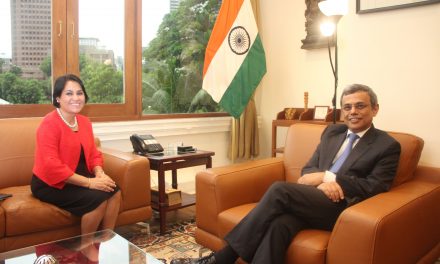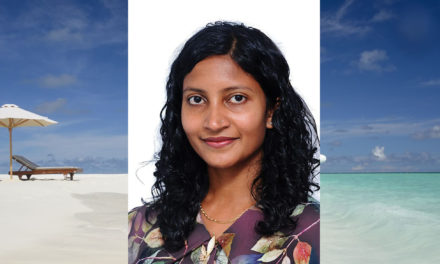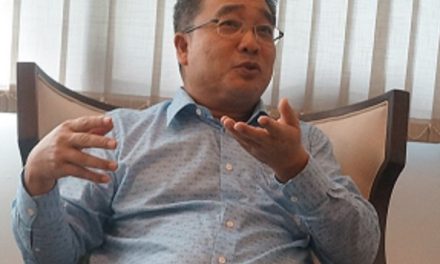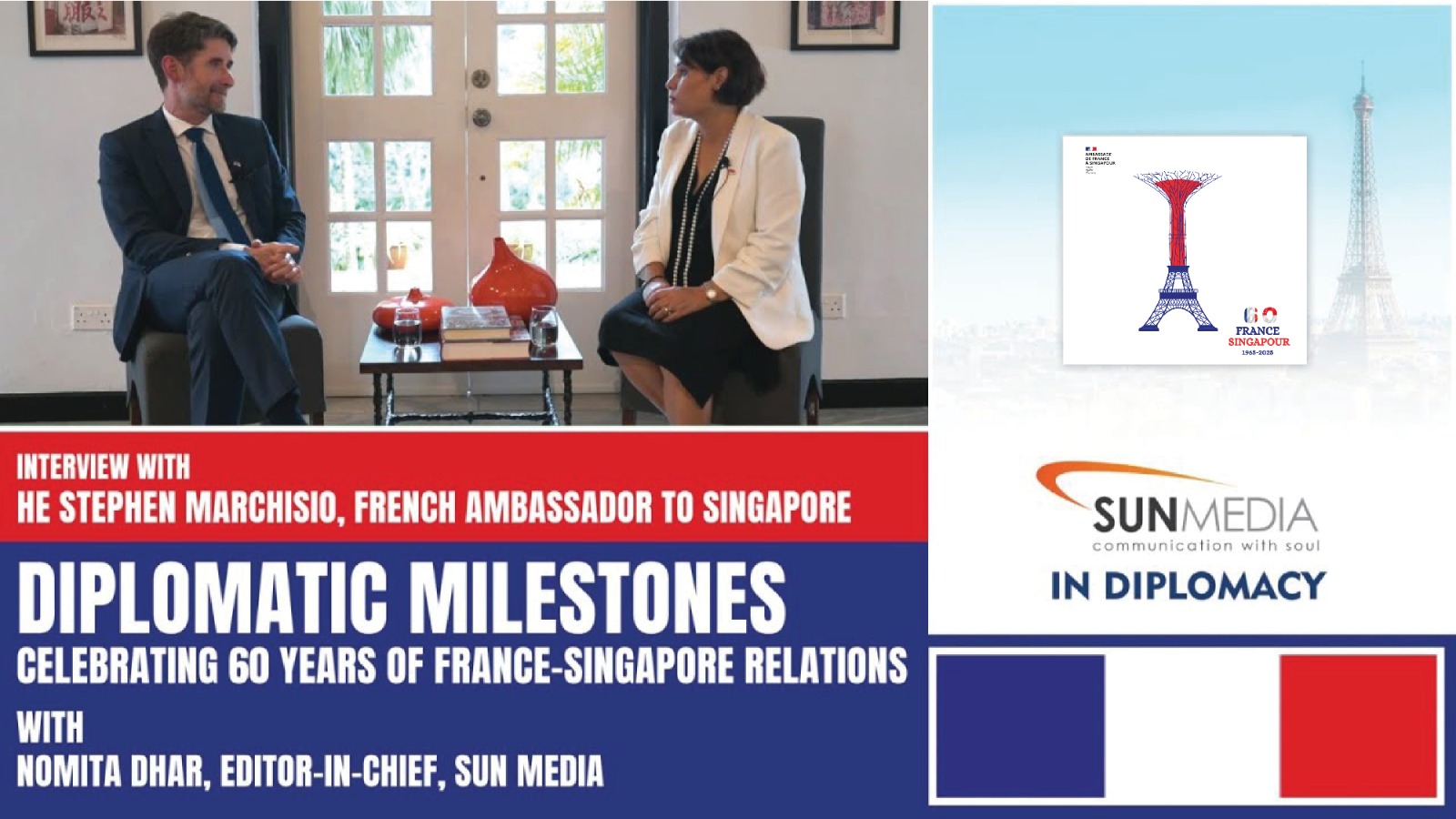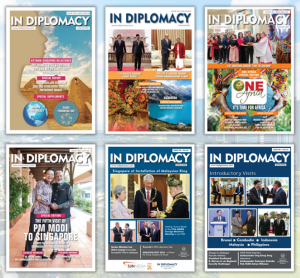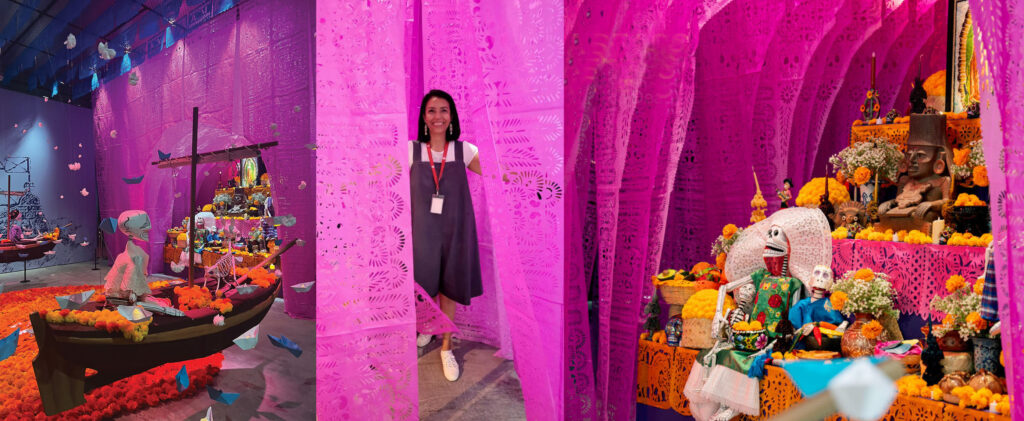
The curator for the recent Day of the Dead and the ongoing Manila Galleon exhibition at the Asian Civilisations Museum has crossed oceans to share with IN Diplomacy Editor-in-Chief Nomita Dhar her passion in spreading understanding of Mexican culture and art
LIDIA Riveros hails from Mexico and had lived in the UK for 12 years before settling down here for over 17 years. So she is no stranger to the cultural nuances that exist on both sides of Asia and Latin America. She is a Singapore PR (Permanent Resident) and is well known here for her work as a “curator of Mexican Art & Culture’ having worked with many leading Singapore institutions such as NUS, National Museum of Singapore and Gardens by the Bay, just to name a few. Bringing strangers together and creating a greater understanding of each other has to be another form of cultural diplomacy!
After livinig here as a Mexican in Singapore for so long how have you kept your cultural identity and memories going?
In many ways, I have probably become more conscious of my heritage since leaving Mexico. Even when living in London, I recall going to many Latin events, specifically those related to Mexico. However, Singapore has really given me a great platform to explore my roots. In the past 17 years I have been involved in many events to bring Mexican culture to Singapore. Some of these events have been organized by other Mexicans like me and I join in and even actively contribute to their organization. However, I have been lucky enough to also organize a few such events myself. This gives me a different dimension as I have to see the event from a different perspective and work with many participants to make an idea become reality.
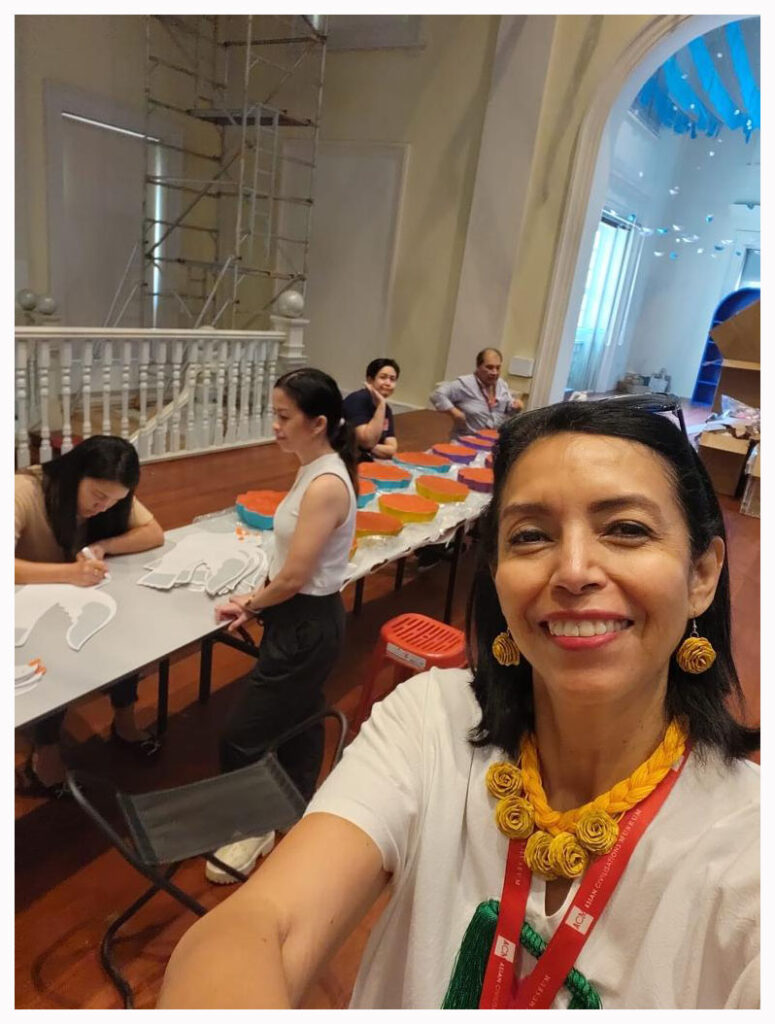
You were involved with curating “Day of the Dead” exhibition at Asian Civilisations Museum, how was the reception?
This year’s installation was very special because it was the preliminary introduction for the upcoming Manila Galleon exhibition. So this year the “Day of the Dead” was dedicated to travellers. Those who cross the ocean and create new ways of living, new forms of art and language. This is what makes us who we are now. I guess in that sense we can all trace our roots to some travellers. And the altar is a way to be grateful to these pioneers and to remember them.
We heard the exhibition also involved other non-Mexican volunteers. How were they involved in the exhibition?
I create community installations. It means that I invite volunteers from different nationalities to participate in the project and create the installations together. This year, given the theme is the Manilla Galleon, a route between Mexico (America) and the Philippines (Asia), I have the great honour of working with volunteers from the Mexican and Filipino communities. It has been fantastic as we made new friends and learnt more about our similarities and we had a really good time.
Do you think such cultural events help in creating a bridge between cultures?
Absolutely. And this is one of the main reasons for me to continue.
I truly believe that when we get the chance to look at the world and at ourselves more closely, we realize that, deep down, we are more similar with other people than we are different. I feel that in a world, full of many cultural clashes, this is an important lesson and a wonderful opportunity to bring people closer.
Food is also another important cultural “ingredient” in bringing people together can you share any tips on where one can find the best and most authentic Mexican food?
Apart from my own house and the houses of a few friends, the best Mexican food can be found in places like Canchita (in Dempsey), Señor Taco (in Chijmes) and Nixta. However, bear in mind that each one may have a specialty so, it depends on what you are after.
In terms of travel to Mexico where the places and experiences that you can recommend to Singaporeans who want to get a good feel of the country?
Oh god, that is a tough one! It depends on your level of interest – museums, restaurants, historical sites, etc.
Mexico City alone has more museums than you can cover in a year, if you went to one every day!
And the food has quite a variety across the country. As a historical place, Mexico has many pre-Hispanic cultures which have left their mark in many places to visit. It also depends on what part of Mexico you are going to and how much time you have.
As a bare minimum, I suggest paying a visit to what I feel are these “must-see” places:
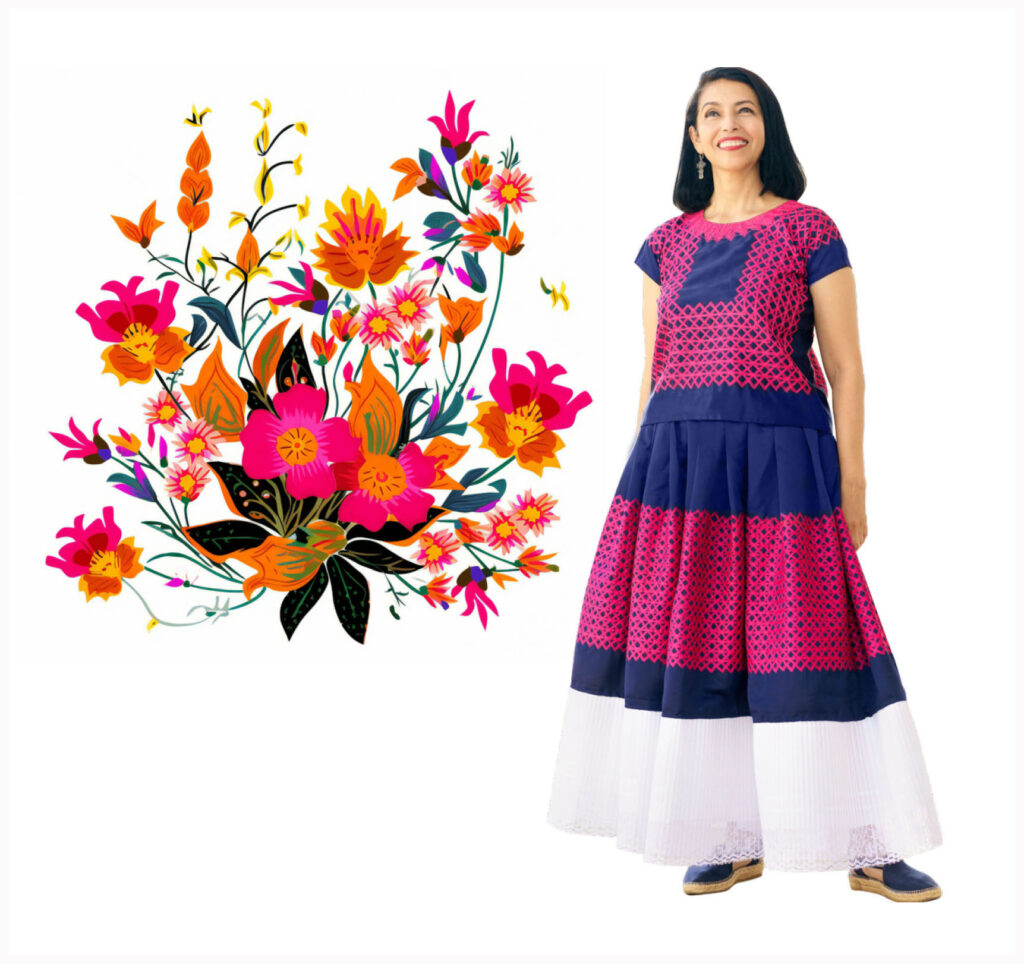
- Teotihuacan (near Mexico City)
- Walk in Center of Mexico city (old part of Mexico City)
- Frida Kahlo Museum (Mexico City)
- National Museum of Anthropology (Mexico City)
- Eat street food (tacos)
- Chichen Itza (Yucatan)
- San Miguel De Allende
- Oaxaca in Dia de Muertos celebration
For more information about Lidia and the projects and publications she is involved with visit here


